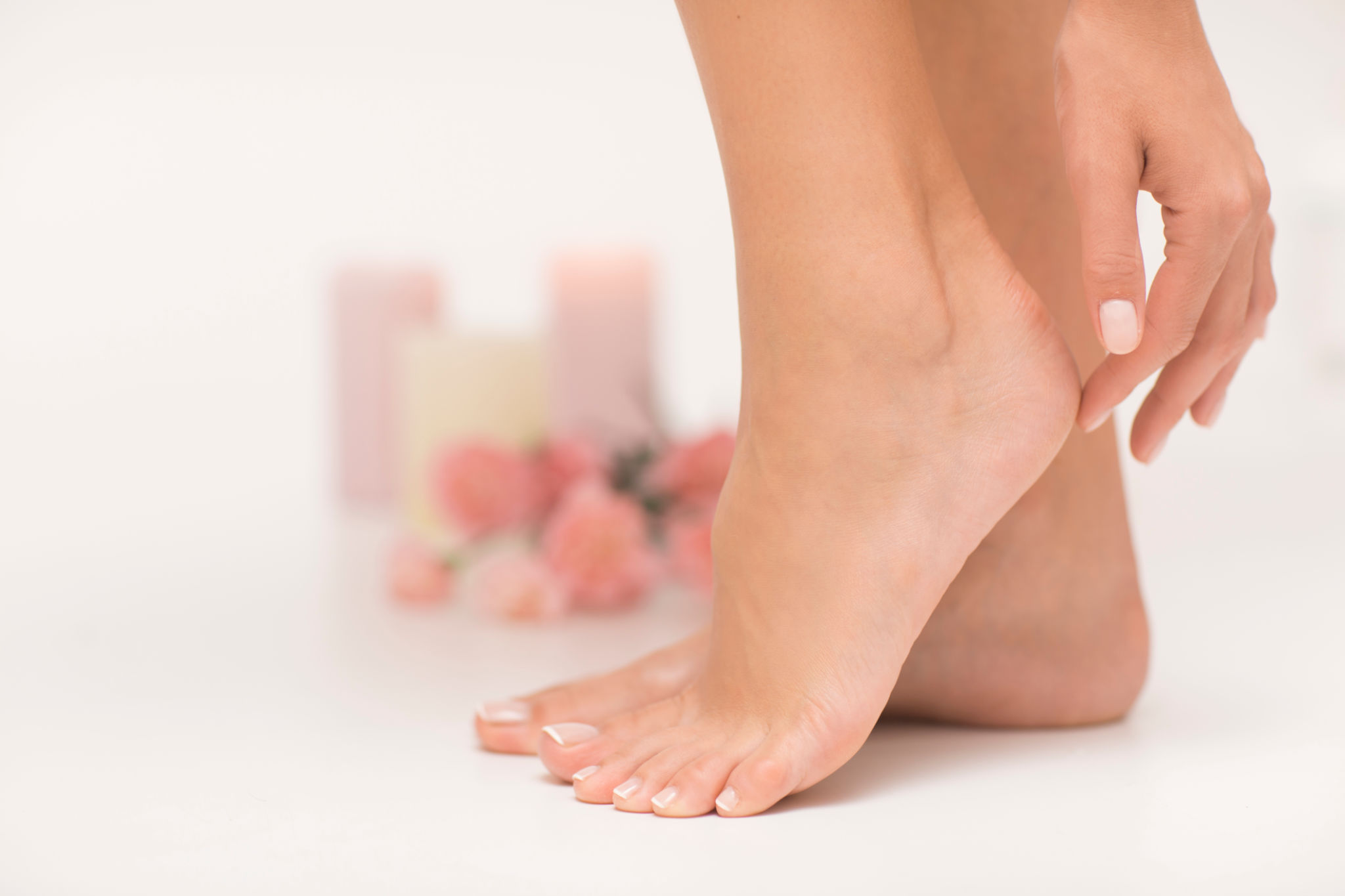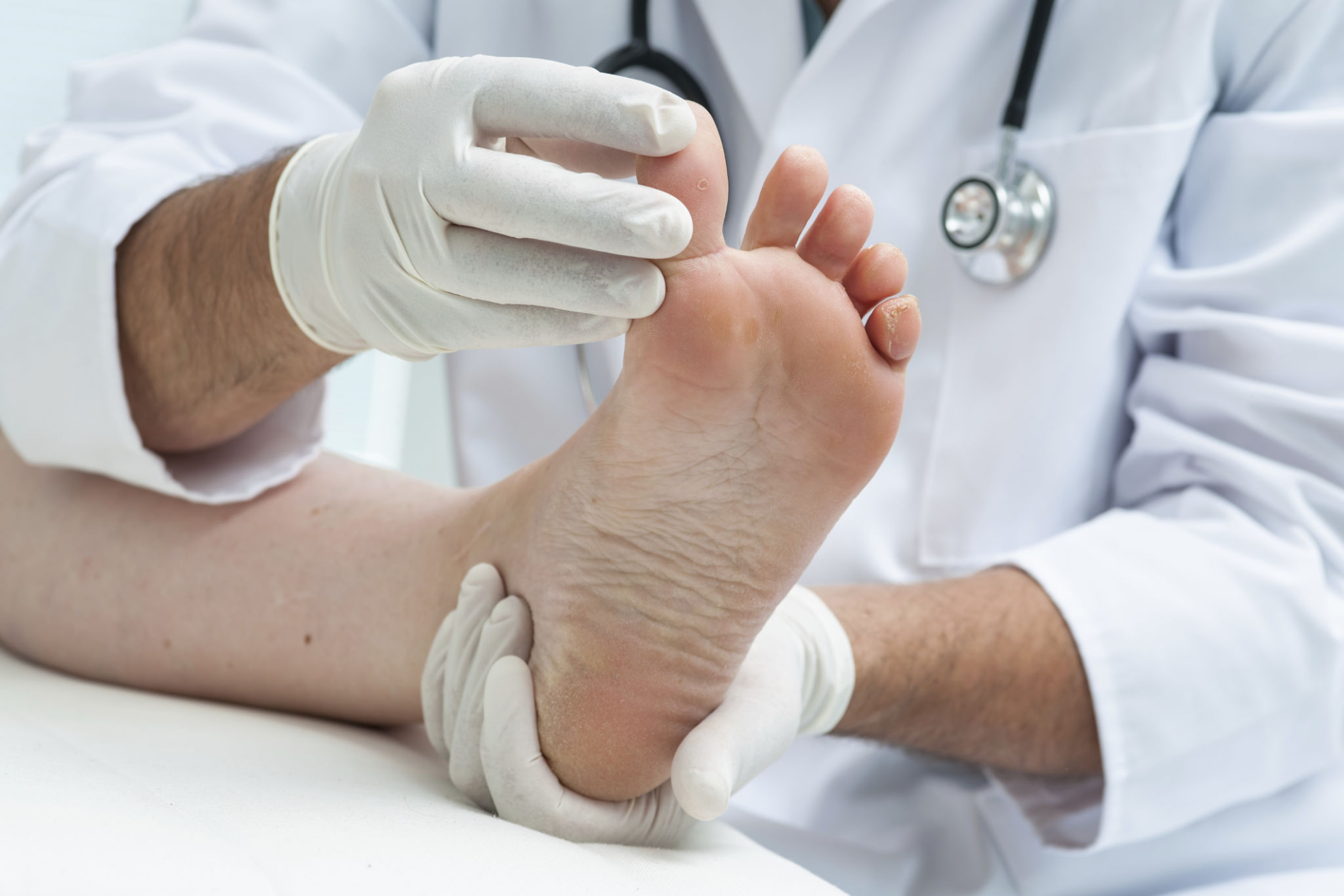Seasonal Foot Care Tips: Preparing Your Feet for Winter
Understanding Winter's Impact on Your Feet
As the temperatures drop, our feet require special attention to maintain their health and comfort. Winter's cold air and low humidity levels can sap moisture from our skin, leading to dryness and discomfort. In addition, enclosed footwear, while necessary for warmth, can exacerbate these issues by creating an environment that encourages sweat and bacteria growth. It's crucial to adapt your foot care routine to address these seasonal challenges.

Moisturize Regularly
One of the key steps in preparing your feet for winter is regular moisturizing. Choose a thick, hydrating cream or balm that is specifically formulated for feet. Apply it generously after showering or bathing when your skin is still slightly damp. This helps lock in moisture and keep your skin soft and supple. For an extra hydration boost, apply moisturizer before bed and wear cotton socks overnight.
Choose the Right Footwear
Winter footwear should offer both warmth and support. Opt for insulated boots with a good grip to prevent slips on icy surfaces. Ensure your shoes fit well to avoid blisters and other foot ailments. Additionally, wearing breathable socks made of natural fibers like wool or cotton can help manage moisture and reduce the risk of fungal infections.

Stay Active Indoors
Maintaining good circulation is essential for foot health, especially during colder months when we tend to be less active. Engage in indoor exercises such as yoga or simple stretching routines to keep your feet flexible and improve blood flow. This can help prevent conditions like chilblains, which occur due to poor circulation in cold weather.
Keep Feet Clean and Dry
Proper hygiene is paramount in winter when enclosed shoes can cause feet to sweat more. Wash your feet daily with warm water and mild soap, ensuring to dry them thoroughly, especially between the toes. This practice helps prevent fungal infections like athlete's foot, which thrive in warm, moist environments.

Trim Toenails Carefully
Keeping toenails trimmed is essential to avoid ingrown nails and related discomfort. Cut them straight across and avoid cutting too short to prevent injury. Regular trimming also helps maintain hygiene and reduces the risk of fungal infections under the nails.
Exfoliate to Remove Dead Skin
Exfoliating your feet is another important step in winter foot care. Use a pumice stone or foot scrub weekly to remove dead skin cells that can lead to rough patches and calluses. This process also enhances the absorption of moisturizers, making your foot care routine more effective.
Consider Professional Care
If you have specific concerns or conditions like persistent dryness, cracked heels, or nail issues, consulting a podiatrist or a professional foot care specialist can be beneficial. They can provide tailored advice and treatments to keep your feet healthy throughout the winter months.
